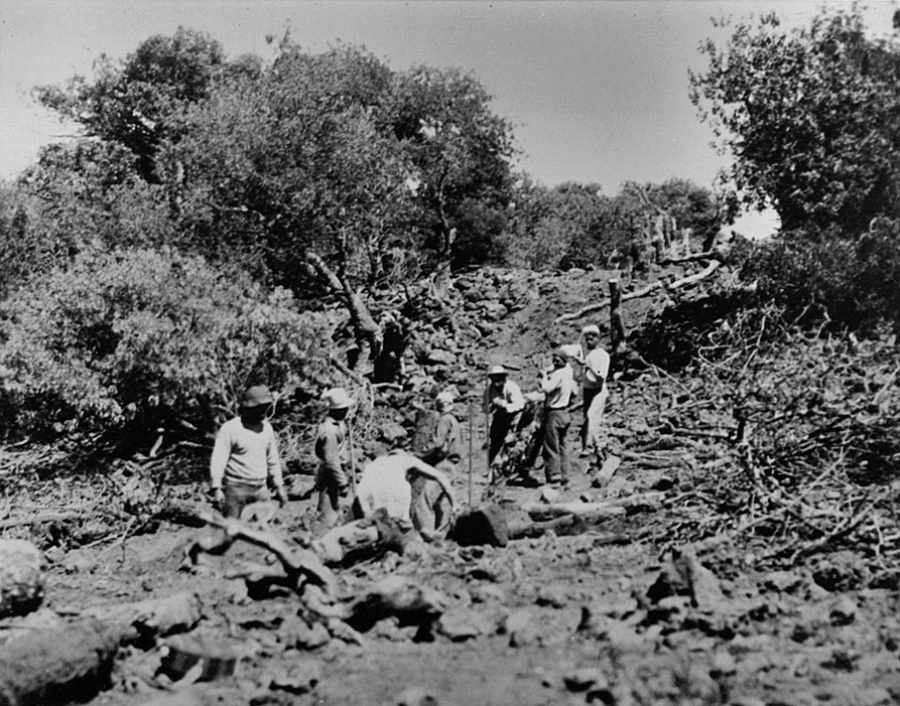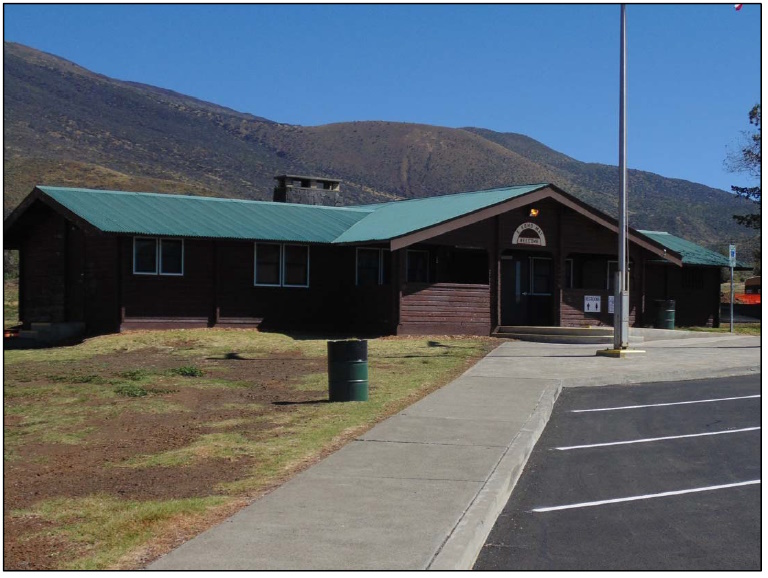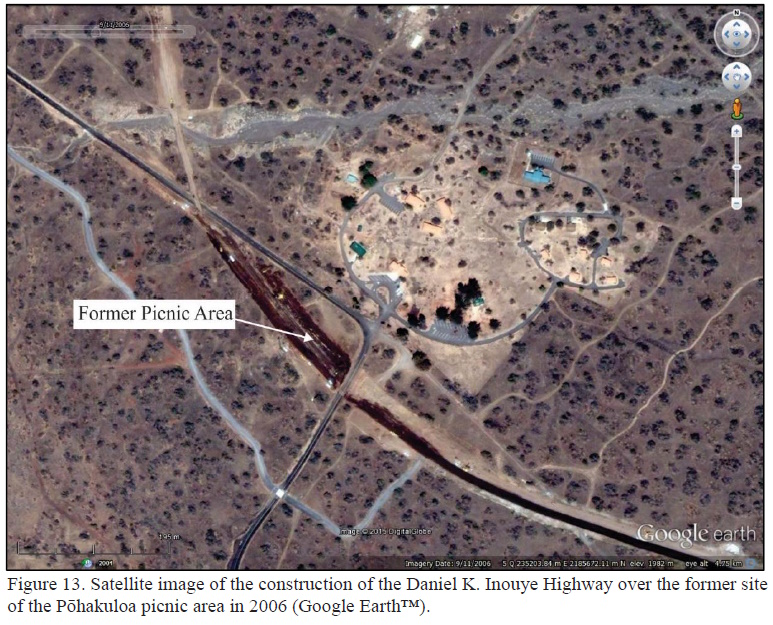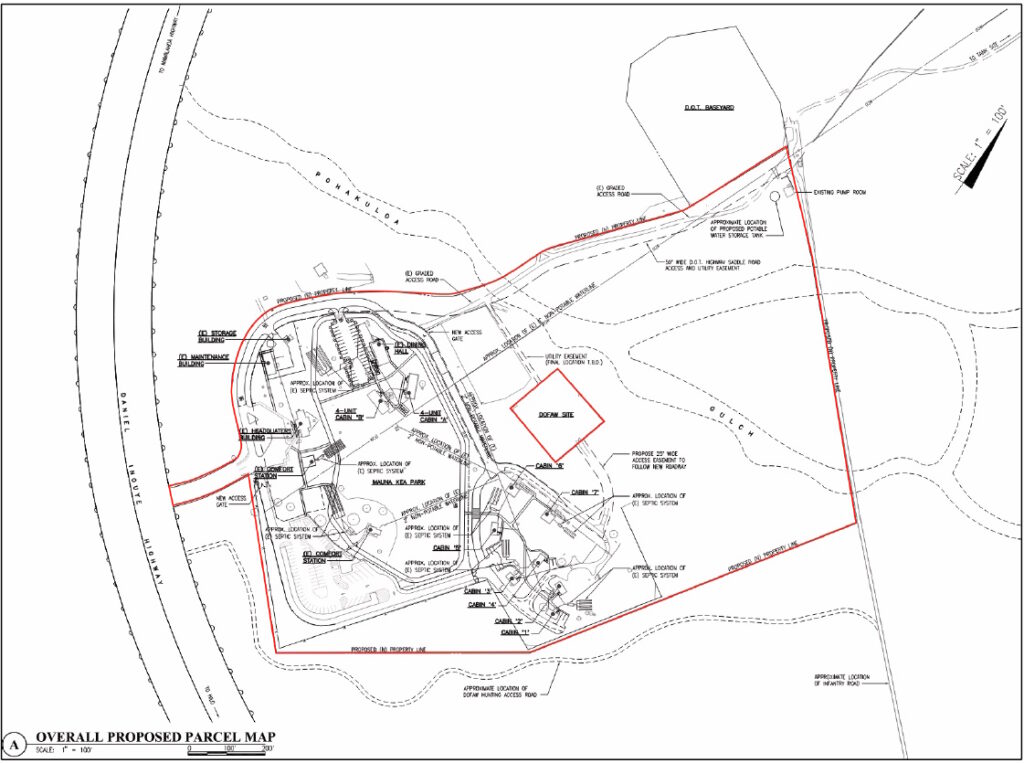“Manoa valley ends in what is called ‘the pen.’ It has walls with a trail into Pauoa valley.” (Towse) “Rocky, wooded ridges enclose it to right and left, and straight ahead is the black, sheer face of Konahuanui.” (Loomis)
Translated “his large seeds (testicles,)” the name Kōnāhuanui is said to come from a story summarized by T Kelsey: “when a man, probably a giant, chased a woman who escaped into a cave, he tore off his testes and threw them at her”. (Kawaharada)
Kōnāhuanui is the highest peak in the Koʻolau Mountains and is the northwest corner of the Mānoa Ahupua‘a boundary. It was the home of the gods Kāne and Kanaloa.
It is also home to a moʻo goddess, a large mythic lizard that lives in freshwater pools and streams. Rain clouds gather around its peak, and its Kona side, often ribboned with waterfalls, is the wettest area of Honolulu: here is the source of the waters of Mānoa and Nuʻuanu valleys.
“[T]his cul-de-sac at its makai, or southern, angle, along the stream called ‘Aihualama. The trail into Nu‘uanu opened at its upper left, or northwestern, angle. Here was a good path for a kama‘aina going alone from valley to valley”. (Loomis)
In an 1882 map of Manoa prepared by Baldwin, there are several waterfalls back in the valley, including, Waiihi-nui (Waihī Nui), Waihii-iki (Waihī Iki), Luaaulaea and Naniuapo.
“[T]he ground rises rapidly for a few rods, to a thicket of hibiscus and eugenia, at the foot of a magnificent mountain, exhibiting from the base to its summit a perpendicular height of a thousand feet – as rich a variety of projecting cliff and wild recess, of dripping rocks and mantling foliage, of graceful creeper, pendant shrub, and splendid flower, as Arcadia itself can boast.” (Stewart)
“On the curve of high cliffs at the mauka boundary of Manoa sheer white splashes of waterfall filled pools hidden from the casual eye in recesses where Kaahumanu herself loved to bathe among cool winds and soft air laden with fragrance of awapuhi and maile.” (Damon)
The water from these falls converge into Manoa Stream. Mānoa Valley formerly supported a large population with scores of lo‘i kalo that were watered by the many freshwater streams. (ASM)
“When we had seen the piece of land appropriated by Kalaimoku or Mr. Pitt to our use, and had given directions to the natives who cultivated the taro on the land, we indulged ourselves with a pleasant bath in a cooling stream that waters the valley, and we returned across a part of the mountain which lies between that place and Honoruru valley.” (Missionaries Chamberlain, Loomis, Blatchely and Bingham; Damon)
“The taro patches that followed the stream bed down the center of the valley were now either vegetable gardens, pasture land, or abandoned. … AIso much of the stream’s water had been diverted for the use of the island’s increasing population. The taro farms that were in the valley from the time the first foreign observer stepped into it were gone for good.” (DeLeon)
“In 1919 the Hawaii Sugar Planters’ Association established an experimental substation in the rear of the valley. Here sugar cane was raised for experimental purposes. Trees from all over the Pacific were also brought to the substation to see how they would adapt to the Hawaiian environment. The substation became Lyon Arboretum, which is part of the University of Hawaii.” (DeLeon)
There is something about falling water that fascinates a human being.
As noted above, here is Waihī Nui (‘trickling water’), Mānoa Falls. It’s in the backyard of Hawai‘i’s largest population and visitor destination. A bus line takes you within walking distance to the trailhead.
It is one of the most popular trail destinations on O‘ahu; Mānoa Falls sees an average of 200,000 visitors annually. (DLNR) The Mānoa Falls Trail is part of DLNR’s Na Ala Hele Trail & Access Program.
The video (done by DLNR) shows people down by the falls. Don’t go there; rather, there is a viewing area contained by a rock wall at the falls – heed all warning and other signs, do not go beyond the rock wall.
The State does not charge a fee to hike this trail. The Mānoa Falls Trail is open seven days a week – sunup to sundown. The parking lot is managed by Paradise Park and is not associated with the management of the state trail.
The beginning of the trail goes through a shipping container into a big open lush field used as a location for many movies. The trail continues past the field, then crosses over a natural wood footbridge through a grove of Eucalyptus trees.
The 0.8-mile trail (each way) gradually ascends through a rainforest that eventually transitions into bamboo. There is a low-lying rest area on the right of the trail with benches, interpretive sign and tree arch throne.
Continue up ascending gravel terrace steps until you round the corner that reveals the water fall from a distance. On the left you will another rest stop with a bench and interpretive sign. There is one more short section of terrace steps that leads up to a nice flat section of trail that gently takes all the way to small section of cement steps.
Ascend up the steps and now you are at the falls viewing area. On your left is a bench and viewing area is straight ahead. The viewing area is contained by a rock wall.
Signs are posted indicating to not go beyond that point, and of the potential danger of landslide. Do not go beyond the rock wall viewing area, closed area signs or into pool area or to upper pools. (DLNR)



























































